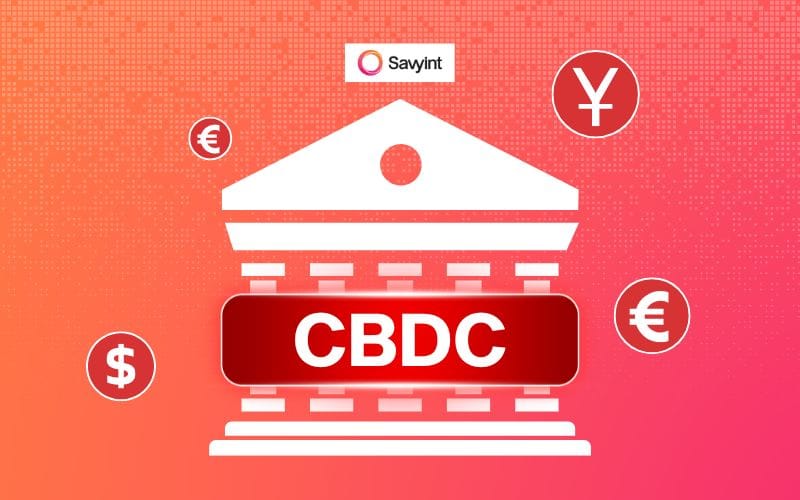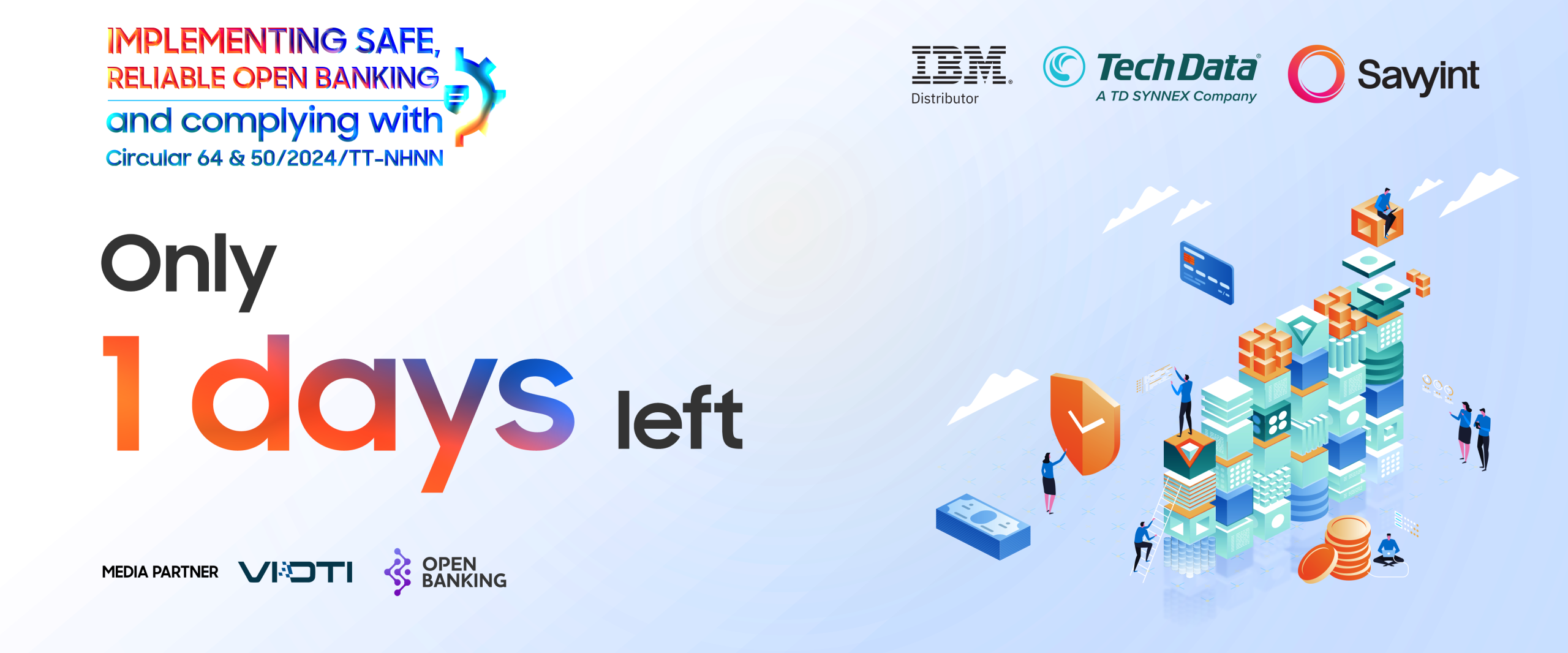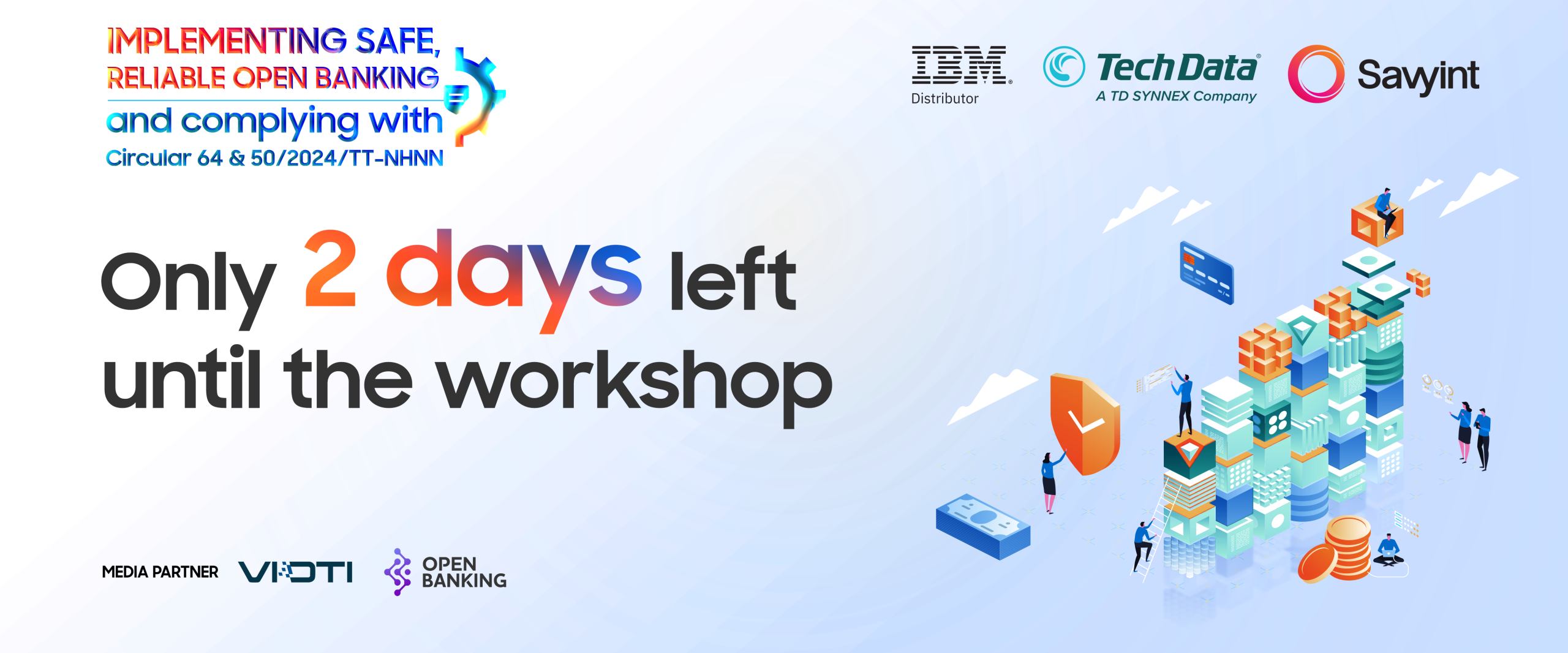Amid the rapid development of stablecoins and cryptocurrencies, many countries have begun researching, piloting, or deploying Central Bank Digital Currencies (CBDCs) to maintain the central bank’s dominant role in the monetary system.
About CBDCs – Central Bank-Issued Digital Currency
Central Bank Digital Currency (CBDC), often referred to as the digital money of the central bank, is a new form of central bank-issued legal tender in digital form. CBDCs use national units of account and are backed by central bank reserves. They are officially recognized and legitimized by central banks.
CBDCs are introduced with the following objectives:
- Enhance the efficiency of payment systems
- Promote financial inclusion
- Combat money laundering and terrorist financing
- Respond to global trends in digital consumption and finance

Depending on their economic, technological, and financial conditions and strategies, countries have adopted different CBDC deployment models. The three main models are:
- Retail CBDC: Issued to the public—including individuals and small businesses—with the aim of replacing or supplementing cash. This model is popular in developing countries where electronic payments are not yet widespread.
- Wholesale CBDC: Restricted to large financial institutions for interbank or high-value transactions. This model is often used in cross-border payment experiments.
- Hybrid CBDC: Designed to serve both wholesale and retail users.
Global CBDC Deployment
According to the latest 2024 data from the Atlantic Council, 134 countries—representing 98% of global GDP—are exploring CBDC issuance, a fourfold increase from just 35 countries in May 2020. Among them, 66 countries have entered the development, pilot, or launch phases. Additionally, a BIS survey of 25 developed economies and 56 emerging/developing economies (covering 76% of the world’s population and 94% of global GDP) shows that over 90% of central banks are researching CBDCs, 62% have begun technical trials, and 26% are conducting pilot programs.
Below are some notable countries that have piloted or implemented CBDCs:
Bahamas
Bahamas was the first country to officially launch a CBDC, the Sand Dollar, in October 2020, following pilots in the Exuma and Abaco islands in 2019. The Sand Dollar aims to improve financial inclusion, especially in remote areas where traditional banking services are inaccessible. The system uses Distributed Ledger Technology (DLT) developed by NZIA, a DLT and blockchain solution provider based in the Bahamas. It includes features like offline payments and transaction limits for lower-tier accounts to enhance security. After a hurricane in 2019, the Sand Dollar was deployed in Abaco to support economic recovery, highlighting the role of CBDCs in financial stability during crises. However, its adoption faces challenges due to uneven technological infrastructure and limited public acceptance.
Nigeria
Nigeria was the first African country to launch a CBDC, the eNaira, in October 2021. Although it aims to enhance financial inclusion and reduce transaction costs, eNaira adoption has been low—according to the IMF, by 2023, 98.5% of eNaira wallets had never been used. Key barriers include weak infrastructure, lack of public trust, limited product understanding, and competition from cash, mobile wallets, and cryptocurrencies. Despite this, the circulation of eNaira grew from 2.55 billion to 12.53 billion naira (around USD 8 million) by early 2024. The Central Bank of Nigeria (CBN) has started partnering with tech firms like Gluwa to improve infrastructure and plans to reassess its rollout strategy in 2025 to boost practical use.
China
China leads one of the largest-scale CBDC deployments with the e-CNY (digital yuan). Since 2020, e-CNY has been piloted in over 20 major cities and integrated into popular apps like WeChat and Alipay. A standout feature is offline payments, allowing transactions without internet access—crucial in remote areas. China uses a hybrid technological architecture, applying DLT only where beneficial.

The country is also testing cross-border CBDC payments via the mBridge project with Thailand, the UAE, and Hong Kong. e-CNY is now accepted in retail stores and used for salaries and government benefits. However, as of May 2024, its cumulative transaction volume reached USD 910 billion—still modest compared to China’s total payment market of USD 40.3 trillion. Public concerns about surveillance have slowed widespread adoption, highlighting the need for privacy protections when implementing CBDCs.
India
The Reserve Bank of India (RBI) began piloting its retail digital rupee in four cities in late 2022. As of now, the rCBDC program has about 5 million users and has integrated standard QR codes for interoperability with other payment methods. Efforts are underway to introduce key features, including trials for usage in rural and remote areas.
CBDCs are seen as tools for instant payments, reduced cash printing costs, and improved cash flow transparency and management. However, concerns remain over privacy, cybersecurity, and the impact on commercial banking systems.
CBDC in Vietnam
Vietnam has not issued a CBDC yet but has shown clear strategic interest. Since 2017, the Vietnamese government has introduced measures to manage the growing use of digital currencies through various regulations on digital assets, virtual currencies, and digital money. This effort has continued to evolve.
In 2021, Decision No. 942/QĐ-TTg by the Prime Minister approved the strategy for developing e-government toward digital government, assigning the State Bank of Vietnam (SBV) to research and pilot CBDC from 2021 to 2023. In 2023, Resolution No. 50/NQ-CP emphasized the development of fintech, including blockchain and digital currency applications. SBV has formed dedicated research teams and collaborated with international organizations to explore suitable CBDC models.

At the 5th Annual Meeting of the 7th Term of the Vietnam Banks Association on March 27, 2025, SBV Deputy Governor Pham Tien Dung announced Vietnam’s upcoming pilot of a digital asset trading platform. He emphasized the banking sector’s key role in protecting consumers, settling transactions, and ensuring the stability of stablecoin values. Additionally, the Ministry of Finance has submitted a draft resolution on piloting digital asset issuance and trading to the government. The plan includes coordination with the Ministry of Public Security and SBV to both foster market development and mitigate risks to financial security and monetary stability.
According to Decree 94/2025/NĐ-CP on the regulatory sandbox for the banking sector, from July 1, 2025, the government will allow testing of new fintech-based financial products and services, including credit scoring, Open API data sharing, and peer-to-peer lending. These trial results will help regulators finalize a legal framework for fintech in Vietnam. This is a promising sign, paving the way for financial technology and digital currency development.
CBDCs are an inevitable step in the global trend toward monetary digitalization. As seen in the case studies, there is no one-size-fits-all model for CBDCs. Each country must tailor its approach based on its specific economic and monetary conditions.
While Vietnam has not yet issued a CBDC, it has laid the groundwork through strategic planning and policy development. The country should leverage lessons learned from global implementations to design a CBDC model that aligns with its domestic economic needs while keeping pace with global financial trends.
Read more:
[Stablecoins Report] What Are Stablecoins? Popular Stablecoins Today – Part 1
[Stablecoins Report] Stablecoins and CBDCs: Definitions and Objectives – Part 2







